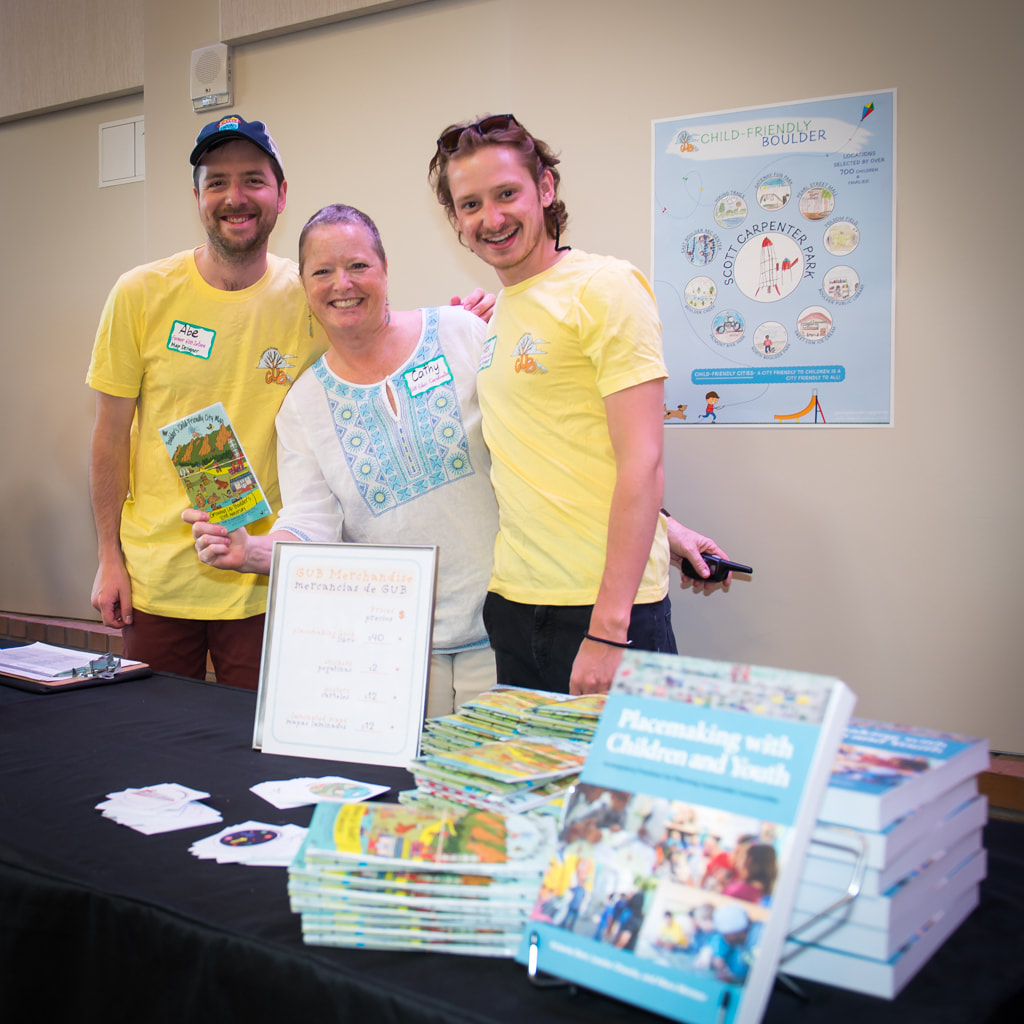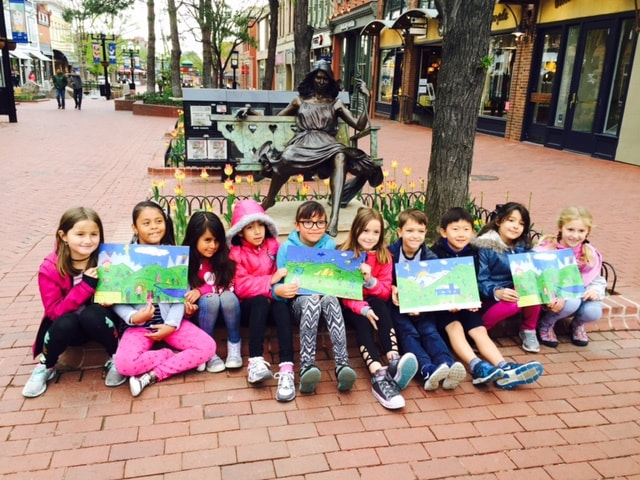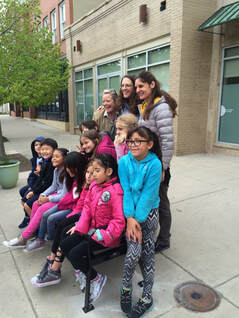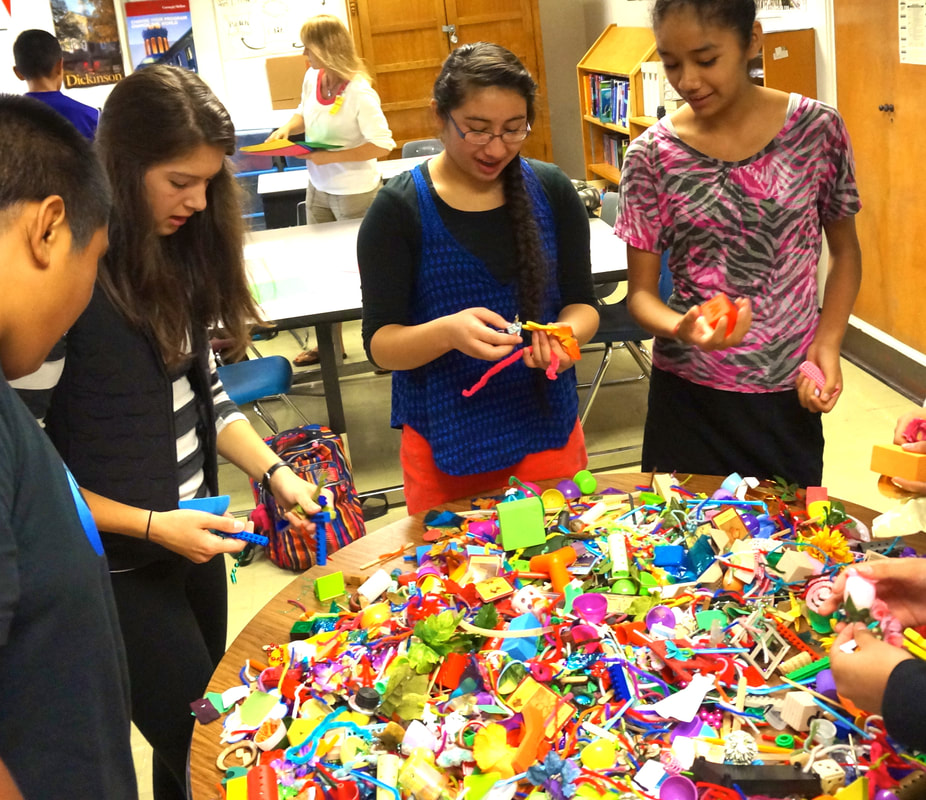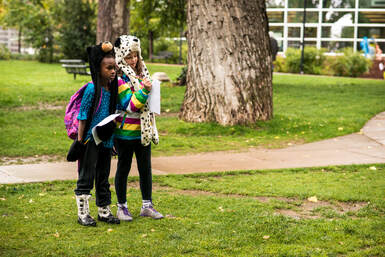Cathy: Teachers are capable, resilient, and adaptable human beings. Even so, going to virtual classrooms overnight is a huge undertaking. Parents everywhere can support their child’s onboarding to online learning by being patient. Teachers are doing their best to re-establish learning and the learning community, and students are doing their best to do what is now being asked of them. Everyone is adjusting. For example, at the beginning of week 2 of online learning, one BVSD teacher shared with me “the training wheels aren’t off yet, but this week is going so much better than the last.” Patience is key. And let’s remember that children look first to their families for guidance and reassurance, and then they look to their teacher. Successful families will have a strong triad of support between student, parent, and teacher. Mara: Cathy, at its core, what is classroom teaching and learning about for you?
Mara: What motivates students in the learning environment? Cathy: Kids thrive on real-world issues and current events that are relatable to them. Project Based Learning (PBL) is a teaching method in which students learn by actively engaging in real-world and personally meaningful projects. Brain research tells us that when kids are emotionally connected to their learning, they experience 11% higher academic success than if they’re not. When teachers create project-based units, they integrate real world issues meaningfully into the standards that they are required to teach. Mara: Could you provide a quick example of what this looks like in the classroom? Cathy: Sure. In my former classroom, a student brought in an article about gray wolves being taken off the endangered list; based on this interest, our class explored the history of gray wolf populations in the US. Students researched both ranchers’ and environmentalists' points of view and debated the issue. We sent letters to the US Fish and Wildlife Service staff to share our opinions on the subject. Paralleling PBL research, students in this example found a great amount of connection, focus, and purpose. They became passionate and self-directed leaders, advocating for their own learning, and they brought their whole selves to the work. Ideas for taking action naturally occured, and they experienced success in every way. Mara: If you were to design a virtual learning space that responds directly to the most pressing needs of educators and kids amid this pandemic, what would it look like? Cathy: If I were teaching virtually today, I’d prioritize 4 key aspects and implement them well. Think of these aspects as concentric circles - starting with the individual in the center, and expanding out into the classroom community, the local community, and then to the furthest reaches: the global community.
Mara: Do you think there’s value in school-wide community projects during COVID?
Mara: Any parting words to the teachers listening in? Cathy: Yes, Mara, one final point. If I were a teacher in the virtual classroom now, I’d be thinking hard about what academic and socioemotional learning outcomes I wanted for my students during this time of virtual learning. Teachers use this “backwards design” strategy to effectively plan--what outcomes do I want? And then, how do I want to get there? When COVID is over, and my students reflected back on this time with me, what would they most remember? What would they take away from the experience? What would they appreciate the most about our time together? Will it be that they learned multiplication, how to write an essay, or facts about some science topic? Or would they most remember the feeling of our welcoming, virtual classroom culture, the inspired teaching and learning despite being apart, or the strong sense of belonging and purpose for learning that we were able to cultivate across remote learning platforms? No doubt, every student will answer these questions differently, but I know what my priorities would be - ensuring that my families were in a good place and developing community at each level. Mara: Cathy, before wrapping up today’s conversation, what resources on our own Growing Up Boulder website do you think would most effectively support teachers, parents and students during the COVID quarantine? Cathy: By visiting our website, growingupboulder.org, you can find an entire section dedicated to our very own virtual resources targeted toward families and teachers. You can also subscribe to our newsletter and follow us on social media for updates on opportunities to get involved in our current projects that are switching to online engagements. For example, there are great opportunities for young people and whole classrooms to provide input on some of Boulder’s current city planning projects via narrated slideshows, video tutorials, and creative activities. There are also opportunities for young people to connect to each other. Finally, we’ll offer simple ways to keep children, families and teachers engaged, active and positive. Mara: Thank you for taking the time to share your expertise with us today, Cathy. If listeners want to reach out to you, how do they contact you? Cathy: I’m happy to receive emails from students, parents, and teachers interested in being involved at [email protected]
1 Comment
|
This Growing Up Boulder blog is a place for GUB leaders and partners to share their thoughts about child and youth participatory planning and child-friendly cities. Enjoy!
|
*Growing Up Boulder (GUB) is a nonprofit program leading Boulder's child friendly city initiative. GUB is fiscally sponsored by the Colorado Nonprofit Development Center (CNDC), EIN: 84-1493585. Since 2009, GUB has worked with over 8,000 local children and youth on more than 100 projects and reached more than 2.5 million people globally.
© COPYRIGHT 2015. ALL RIGHTS RESERVED.

